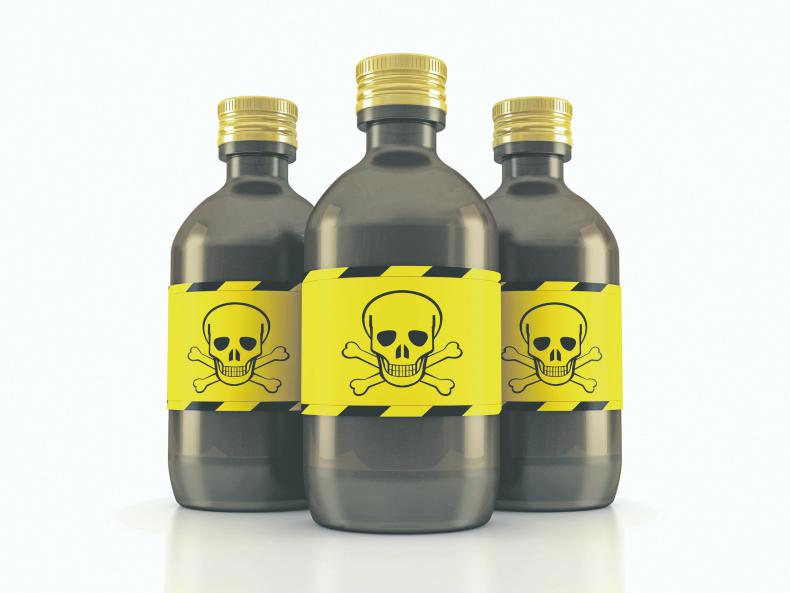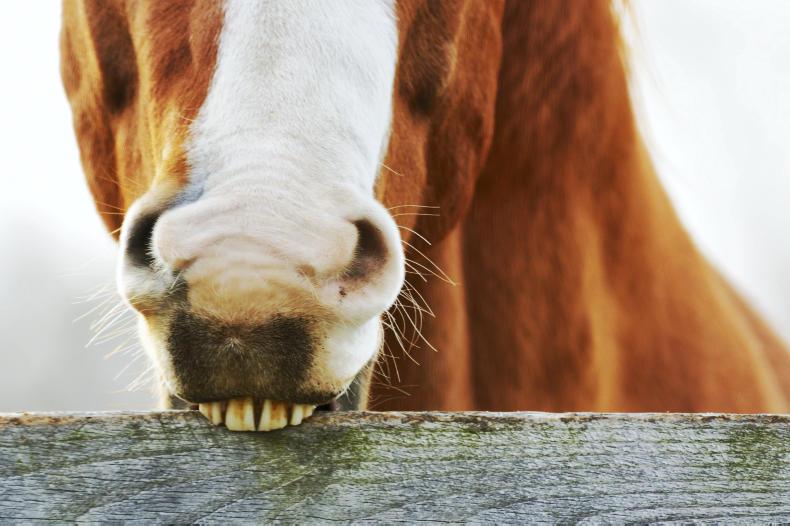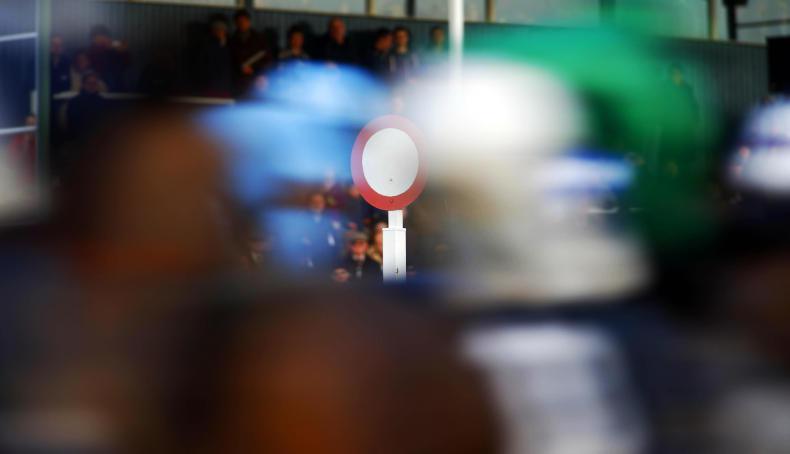THE number of failed drugs tests in Irish racing this year is already four times higher than recorded in either of the past two years.
So far this year 21 horses have returned positive tests, compared with five for the whole of 2017 and the same in 2016.
Seven cases have been dealt with so far and a further 14 are pending. As widely reported, cobalt is one of the prohibited substances to have shown up and The Irish Field has discovered that arsenic is the latest banned chemical to have been found in the post-race samples of recent winners.
The Irish Horseracing Regulatory Board [IHRB] does not believe that trainers, in general, are deliberately or knowingly breaking the rules. Instead, they say that the surge in failed tests is due to “a more proactive approach to anti-doping and medication control” by the regulator.
Trainers have speculated that the rise in failed tests is linked to the IHRB’s decision earlier this year to have samples tested at a laboratory in Newmarket rather than Limerick.
Dr Lynn Hillyer, the IHRB’s anti-doping officer, said: “All racing laboratories around the world continually improve the levels of sensitivity at which they can detect drugs. The important point is that the machines’ detection capability is limited, by internationally harmonised instruction from us, for substances naturally in the body such as cobalt and arsenic, substances found naturally in feed such as caffeine and theobromine, and equine medicines.”
While the permitted thresholds for banned substances has not changed in recent years, it was only last year that the IHRB published a threshold level for cobalt.
“Cobalt and arsenic are trace elements that in their natural minute quantities are part of a balanced diet and naturally present in the horse,” said Hillyer. “The international thresholds take this into account – when they are exceeded in a ‘positive’ it is because the horse has been exposed to too much.
“In the case of cobalt there has been extensive research on what is safe leading up to a race. This is distilled down into the simple golden rule ‘do not give more than 1mg intravenously or 5mg by mouth total cobalt on the day before the race.’
“As regards arsenic, from recent work it would appear that it can be present in high concentrations in seaweed and seaweed products. It follows from this that unless such products have quality control measures behind them that have tested for the element, care should be taken with them.”
The IHRB is advising trainers to be very careful before giving feed supplements to racehorses. Hillyer said: “Our view is that trainers and their veterinary surgeons need to weigh up the cost and benefit of supplements. A horse needs a balanced diet. If that can be achieved by keeping matters simple then the risks associated with additional supplements which may not contain ‘what they say on the tin’ or may contain threshold substances which can ‘stack up’ in error and tip over a threshold can be reduced.
“Our rules set out that a horse is not qualified to start if it has had anything other than normal feed or water from midnight of the day of the race – we would advise caution with exposure to any other prohibited substance whether it be a medicine or supplement, herbal or human, in the 48 hours before a race.”
To help avoid further positive tests, the IHRB this week began a series of seminars aimed at trainers, stable staff and veterinary surgeons.
Among the approximately 50 people to attend Thursday’s talk in Gormanstown, Co Meath, was trainer Jim Dreaper. “It is an understandable assumption that the change in laboratory has had something to do with the increased number of positives. The thresholds have not changed but perhaps the detection methods have,” he said.
“I respect what the IHRB is trying to do but they were a bit vague in their answers. Trainers were listing off the names of supplements they are using but the IHRB could not say which ones were safe without individually testing them. There is also a fear that the labelling on some supplements could be misleading.”
Also in attendance was James Griffin, who commented: “The difference between withdrawal times and detection times for medicines was not made fully clear to me. The talk was more technical than practical and I’m no clearer today on how to reduce the risks of a positive test than I was beforehand.”
Hillyer indicated that the remaining two anti-doping seminars will reflect the feedback received on Thursday. “We had some good feedback about how to make our messages somewhat simpler and clearer, which we will of course take on board,” she said.
“One of the key aims of the seminars is to open up the channels of communication in order to help trainers and vets better understand doping control principles and guidelines. The second is to explain that we need to work as a trio – IHRB, trainers and their vets – to prevent problems in this area. We reiterate our standing offer that we are here to be asked.”
IHRB ANTI-DOPING
SEMINARS
IHRB Offices, The Curragh on Wednesday, September 26th (2.30pm-4.30pm)
Horse & Jockey Hotel, Co Tipperary on Wednesday, October 3rd (7pm-9pm)




 This is a subscriber-only article
This is a subscriber-only article
 It looks like you're browsing in private mode
It looks like you're browsing in private mode










SHARING OPTIONS: